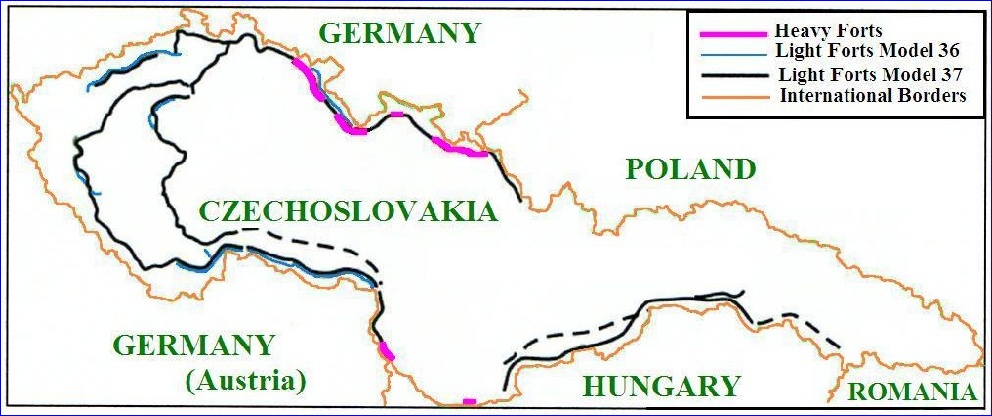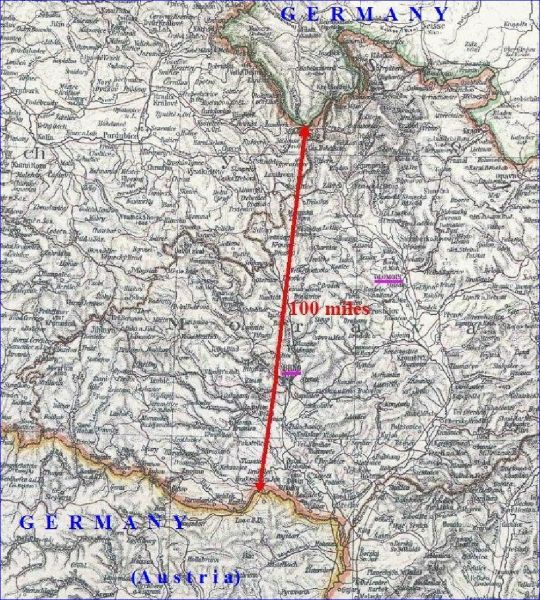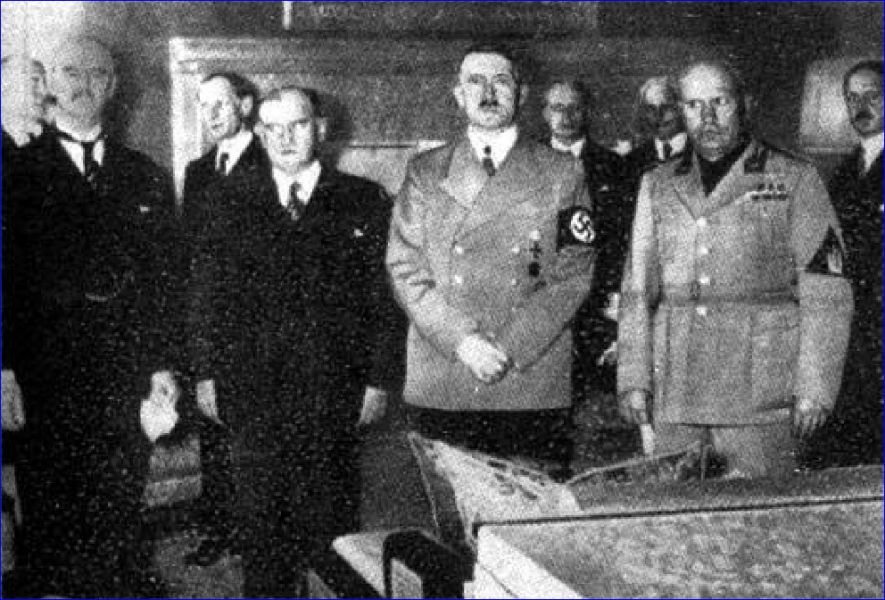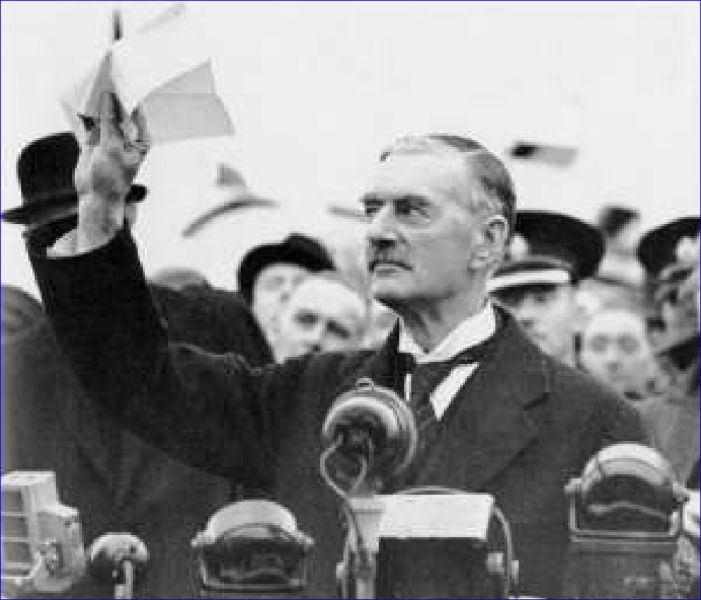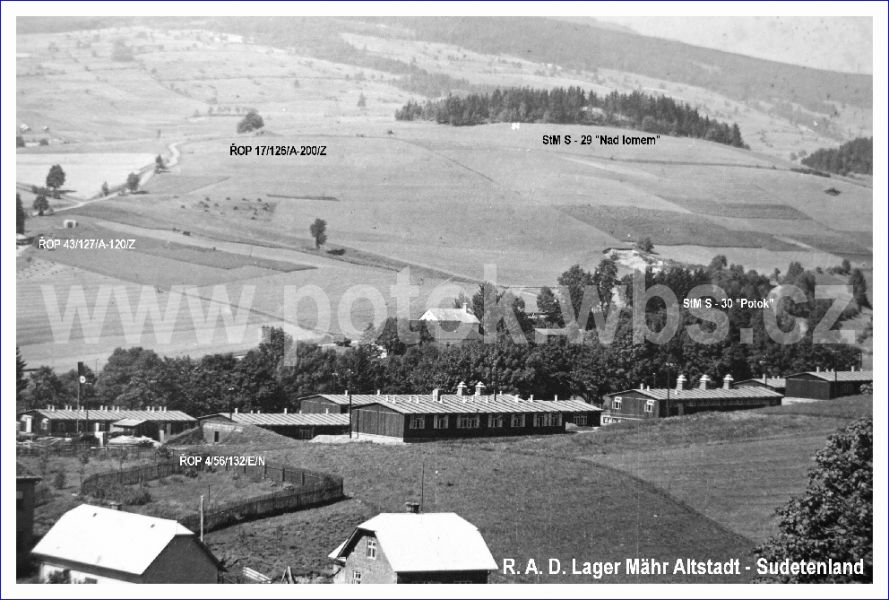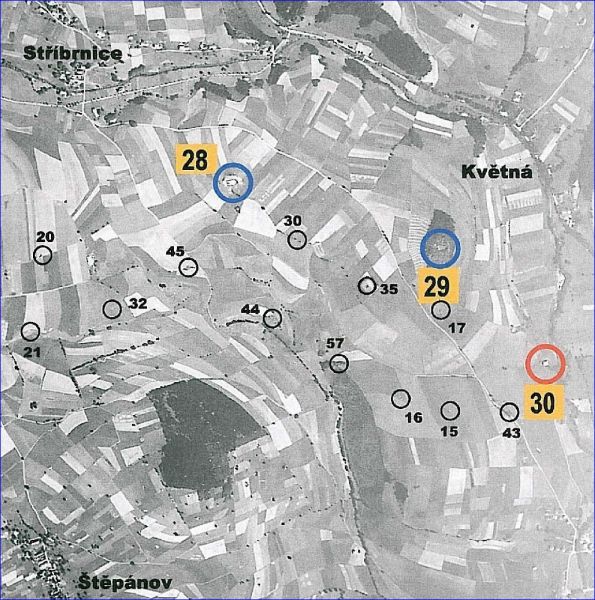ŽSV I. St. Město p/Sn. - TO StM S 30 Potok
|
CZECHOSLOVAK BORDER FORTIFICATIONS BUILT IN 1937 - 1938 NORTH OF STARÉ MĚSTO POD Czech Republic, Europe After a short peaceful period following bloody World War I, Europe and the world faced an uncertain future due to the policies and actions of military adventurers in Japan, Italy, Soviet Russia, and Nazi Germany. Unfortunately, when there was still time to stop aggressors and prevent another global disaster, world democracies closed their eyes; if you don’ t see the danger, it does not exist, and you don’ t have to worry about it. Yeah, right! Among the very few who saw the potential danger was Czechoslovakia. Increasingly hateful speeches and threats by Germany’ s Adolf Hitler and excellent Czechoslovak intelligence inside Nazi Germany convinced the Czech government that their country must have effective tools to resist and stop the expected German military aggression. The defense of Czechoslovakia was based on international treaties for mutual military assistance with several European countries and on well-trained and equipped military forces. The unfortunately long and narrow country, encircled with hostile neighbors, presented an extreme challenge for military defense. To deal with this challenge, there were two options. The first idea was to develop large, highly mobile military forces with the ability to move adequate units into endangered areas of the country with speed. Based on economic costs, logistics, and other considerations, this plan was rejected. Thus, the Czechoslovak government adopted the second proposal: to build a chain of strong fortifications along the border of the entire country except for a short stretch of border with friendly Romania. Additionally, fortified defensive lines were planned to run north to south to stop the enemy if he breached the border defense. This defense idea was even more appealing, since Belgium and France had also built huge fortifications along their borders with Germany.
Czechoslovak border fortifications as of September 1938 . Even with fortified borders, Czechoslovakia had no chance of defending itself alone. This defensive concept sought to stop and hold the enemy at the borders, gain time to mobilize all country’ s military forces and resources, and allow France and other potential allies to mobilize and attack Germany. That was the only workable scenario for the successful defense of Czechoslovakia. The proposed Czechoslovak border fortifications consisted of large concrete and steel structures manned with a platoon-size or larger unit, and equipped with machine guns, cannons, grenade throwers, and other weapons. Behind the heavy fortifications were the concrete and steel pillboxes, called řopíky, of the light fortification, mostly arranged in two lines and manned – depending on type – by 4 to 7 men, usually with two machine guns. While about 85% pillboxes had machine gun openings to the left and right side, the remaining řopíky could fire straight toward the attacking enemy or had a combination of front and side shooting.
A cross-section of a řopík ( pillbox ), one of several types of light fortifications. ( picture from the book: " Val na obranu republiky" , ČR 2005, translation by F.Vogel ) After a couple years of planning and preparations, the first border forts were erected in 1936, and the buildup continued at a fast pace in 1937 and 1938. Unfortunately, the completion of the entire border fortification system was expected in 1949! The defense of the area at the southern-most tip of the then-German County of Glatz wedged into Czechoslovakia and the Staré Město pod Sněžníkem basin to the east of Glatz were crucial. A successful German attack there could have easily reached Olomouc and Brno, and split the country into two parts. That danger became even more acute after Hitler seized Austria in March 1938; then the German northern forces from Glatz could meet the southern forces attacking from Austria within a few hours.
The vulnerable narrow part in the middle of Czechoslovakia. Both the heavy and light fortification bunkers by Staré Město pod Sněžníkem were built in 1937 and 1938. While the light řopíky (pillboxes) were successfully completed, only six of the heavy forts were finished by the time of general mobilization and the subsequent withdrawal of the Czechoslovak forces from the area. The Sudetenland Crisis of 1938 culminated with the shameful Munich Agreement forged between the leaders of Nazi Germany, Fascist Italy, nai-ve Great Britain, and selfish France on September 29 and 30, 1938. Without even consulting the Czechoslovak government, they decided to give extensive border areas of Czechoslovakia to Germany, Hungary, and Poland. The four powers also warned the Czechoslovak government to fully comply with the decisions reached at Munich or to bear responsibility for any further international crises, including war. Thus, betrayed by her allies, Czechoslovakia was forced to accept the terms of the Munich Agreement on September 30th, and German forces occupied the Sudetenland in five stages from October 1 to October 10, 1938.
The executioners of Czechoslovakia in Munich Germany. Left to right: Chamberlain, Daladier, Hitler and Mussolini.
Chamberlain the Fool wanted peace at any price. What he got was a terrible war. With the occupation of Czechoslovak border regions, the country lost just about all its border fortifications, and became a defenseless skeleton. The German, Hungarian, and Polish military had no use for the forts as defensive installations, and had no desire to waste explosives on destroying them. The Wehrmacht used former Czechoslovak barracks such as the one in the northern part of Staré Město pod Sněžníkem, to house their units.
Wehrmacht - occupied military barracks in Staré Město pod Sněžníkem. As for the fortifications themselves, the Germans removed and took away everything of some military value, such as the forged iron and steel lining of embrasures, which they later used in forts of the Atlantic Wall on the west coast of France. The German military also used the former Czechoslovak forts for testing. First of all, they wanted to know how accurate were their estimates for neutralization and breach of the Czechoslovak border fortifications. The results were very favorable – for the forts. It was extremely difficult to hit targeted forts from airplanes, cannons, and tanks from expected distances during possible military engagements. Also, even if the fortification objects were hit, the damage was minimal and far from the expected results. Secondly, the Germans used the obtained results for adjusting their plans for dealing with Belgian and French fortifications in 1940. Probably during the war and certainly after the war, the local population took from the forts whatever they could take and carry away, especially internal wood paneling, steel doors, and other components. Often, they didn’ t have any use for these items, but they vandalized the pillboxes and forts anyway, even though it was forbidden by the German and later the Czechoslovak military authorities. Obviously, with the passing years, nature also manifested its power. Camouflage trees grew and covered entrances and roots did their part underground, as once formidable concrete and steel walls accumulated ever increasing and deeper cracks. Some nearby streams changed their flow and regularly flooded pillboxes and forts in the spring, in the fall, and in between. Fortunately, a number of military history enthusiasts working on their own or as members of several clubs decided to save at least some of the border fortifications for future generations. Without any financial compensation, but with love, they spent their weekends, vacations, and free time taking care of, rebuilding, and refurbishing pillboxes and forts, and provided tours of the fortifications. One of these clubs is the Beton Bunker Club Kronfelzov based in Staré Město pod Sněžníkem.
Location of StM S 30 ( in red circle ), unfinished heavy fort ( in blue circles ) and pillboxes ( in black circles ) northwest of Staré Město pod Sněžníkem. Written by my friend Frank Vogel ( California, USA ) |

